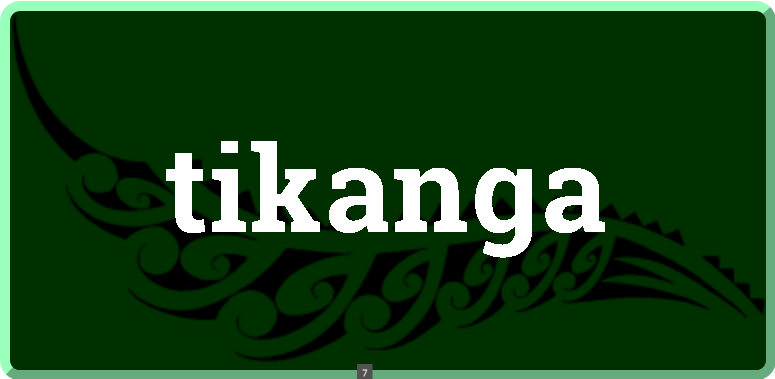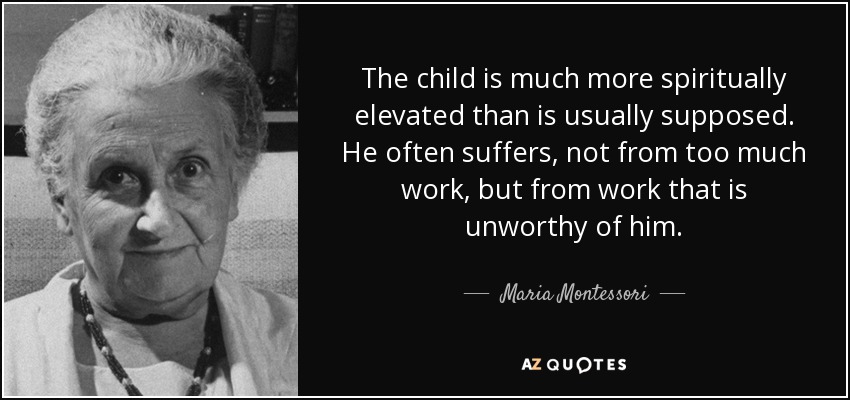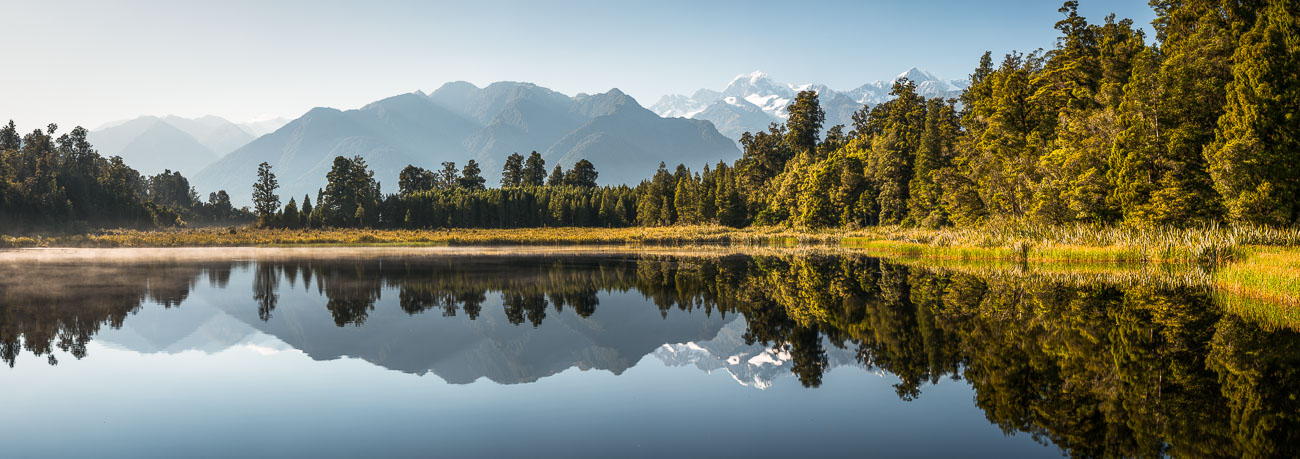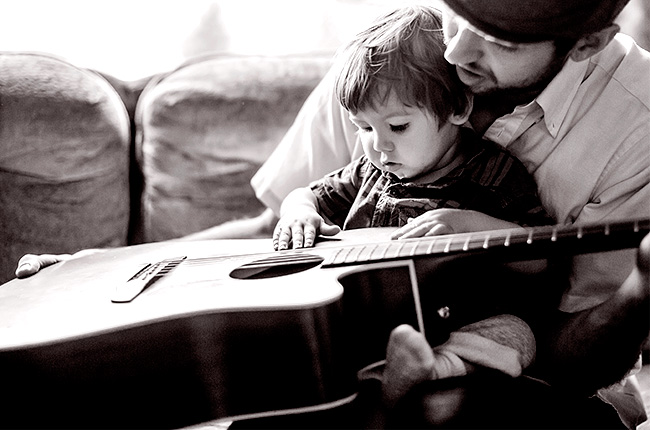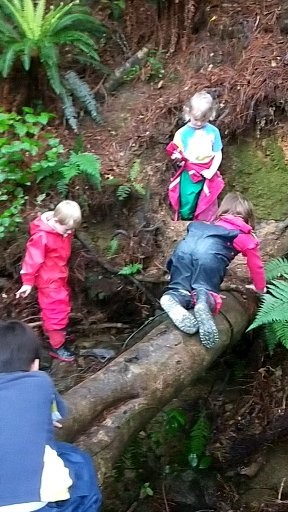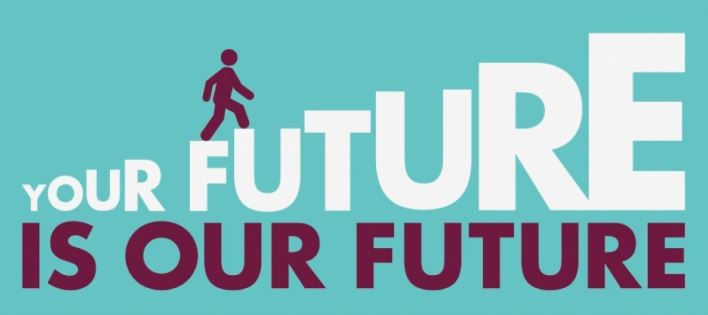 By Thomas McGrath – Deputy Principal High School
By Thomas McGrath – Deputy Principal High School
Montessori emphasised that education is to be an ‘aid to life’. But, what does this mean in the final years of school (15–18 years) where a large focus is on gaining a formal qualification? Here are some questions that I would hope graduates of Wā Ora Montessori school could answer ‘Yes’ to from being educated at Wā Ora. Take the test yourself.
1. Do you know your place in the time and space of our evolving human and environmental history and the power you have to effect meaningful and long lasting change, both now and in the future?
2. Do you have the means and confidence to solve problems or resolve conflict for yourself or others, through understanding and empathy, especially with those who are more vulnerable than, or different to, you?
3. Can you work and sustain focus on an individual or collaborative task or project by necessity and/or choice, not only to receive remuneration, but for fulfillment?
4. Do you know how to take care of your physical, spiritual, mental and social needs?
5. Can you read, view, listen to, calculate, research, estimate, hypothesise, test, confirm, reflect upon, criticise and admire the world, both natural and supranatural?
6. Are you an independent and interdependent ‘life-long lover of learning’?
7. Can you speak confidently and genuinely, in more than one language, with another person/s using appropriate social/cultural etiquette?
8. Will you respect and uphold the rules that are required to govern society, protest or affect change to rules that are inadequate or even harmful, and be persistent yet gracious if your efforts are not immediately successful?
9. Can you safely use a range of appropriate tools and materials for a specific functional, survival, or creative purpose?
10. Are you aware of the many forms of waste humans produce and how to reduce, reuse, recycle, and dispose of waste correctly; and do you?
11. Can you sustainably and ethically earn your own money, understand interest and investment, exercise your power and rights as a consumer without getting misled by marketing and advertising?
12. Do you know how to care for a range of plants and animals?
13. Do you understand the role physical and digital technology plays in society, and how to use, and/or develop it for productive means?
14. Do you understand the significance of, and our duty towards, honouring New Zealand’s bi-cultural history, and that our nation is founded on the basis of mutual respect for the unique cultural and personal identities of all its inhabitants?
15. Can you play a range of sports or games fairly, for pleasure or for competition?
16. Do you appreciate the Arts as a means of personal and social pleasure, criticism, comment, documentation, and exploration?
17. Do you acknowledge that world peace relies on harnessing the diversity of all humankind, according to strength and with awareness of weakness, towards achieving a shared aim?
18. Can you organise and cook a healthy and affordable meal for a group and clean up afterwards?

